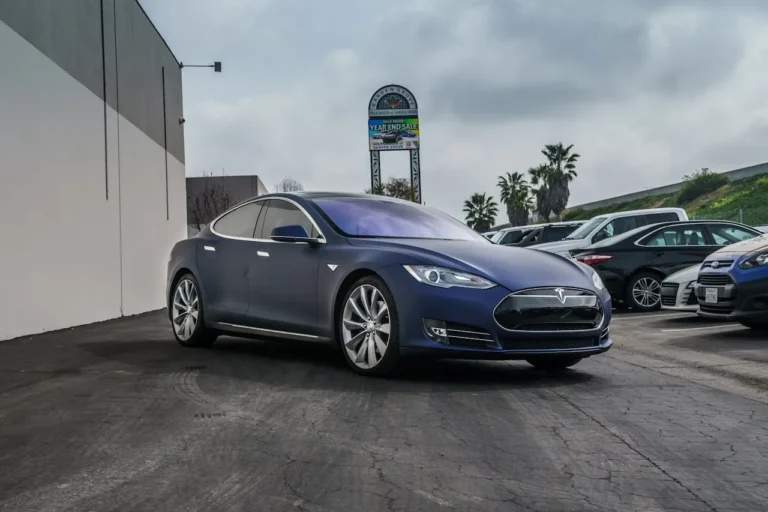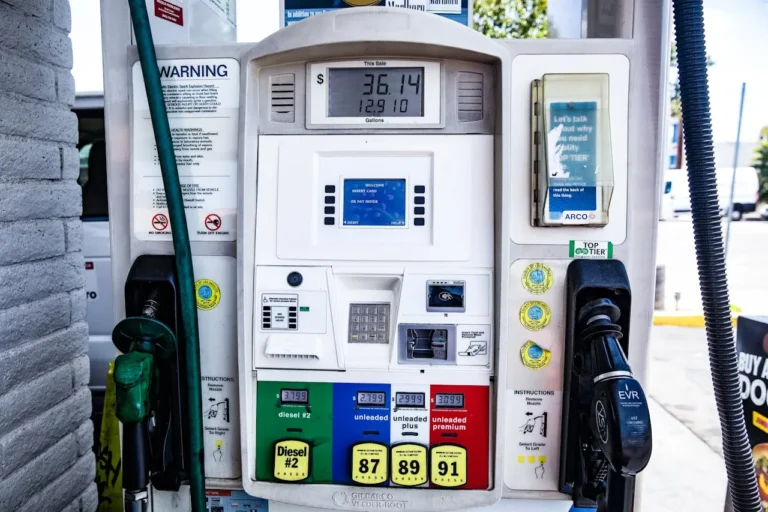
Xendee Corporation, a leading provider of design and operational platforms for distributed energy systems, is thrilled to announce a new partnership with the Department of Nuclear, Plasma, and Radiological Engineering (NPRE) at the University of Illinois Urbana-Champaign (UIUC). This collaboration aims to develop innovative distributed energy solutions that integrate Small Modular Reactors (SMRs) with renewable energy sources to provide reliable, carbon-free power to data centers.
With power demand for AI and data centers expected to grow at a 15% CAGR from 2023 to 2030, data centers are projected to account for 8% of total U.S. power demand by 2030, up from about 3% today (Goldman Sachs Equity Research, April 2024). This surge in demand is driving the need for new power solutions, as access to grid power is increasingly limited in preferred data center locations, necessitating new transmission lines from distant renewable sources. To address these challenges, the industry is exploring options to “Bring Your Own Power” while adhering to a commitment to clean energy.
Xendee and UIUC’s partnership focuses on developing a phased approach to providing local power to data centers through microgrids. This strategy will initially utilize existing renewable and low-carbon technologies while remaining flexible and scalable to incorporate advanced technologies like SMRs as they become available. This adaptability is crucial for achieving sustainable power generation and efficient data center operation.
In the project’s first phase, the Xendee platform will evaluate various Distributed Energy Resources (DERs), including thermal and battery storage, innovative cooling technologies, and generation methods such as fuel cells and combustion engines that run on fossil fuels, hydrogen, or biofuels. This approach leverages well-established technologies currently in use. As advanced nuclear technologies receive regulatory approval and become deployable starting in 2030, they will be integrated into the microgrid configurations for data centers.
Dr. Timothy Grunloh, Principal Research Scientist at UIUC’s NPRE, noted, “In suitable scenarios, the economics of a nuclear-powered data center microgrid are highly promising, especially when optimized for component sizing, deployment planning, and integration with renewables and energy storage. Our collaboration with Xendee allows us to delve into the details of balancing economic, reliability, and decarbonization goals.”
Dr. Michael Stadler, CTO and Co-Founder of Xendee, added, “Our partnership with UIUC provides access to historical operating data from the Blue Waters supercomputer (>10MWe) at the National Center for Supercomputing Applications (NCSA) on UIUC’s campus. This data enables us to conduct real-world optimization analyses. Following Blue Waters, the NCSA is developing the Delta supercomputer with an AI focus, offering an excellent case for ongoing analysis.”
Using data from UIUC on the Blue Waters power supply and operating environment, Xendee will develop a framework to optimize data center configurations within a microgrid setting, addressing power and heat management needs for various data center types—enterprise, colocation, hyperscale, edge, and modular. In the project’s second phase, this framework will incorporate advanced nuclear technologies to enhance the reliability, resilience, and carbon-free power capabilities of data centers.
This initiative is supported by the U.S. Department of Energy’s Office of Electricity Microgrid Program.







